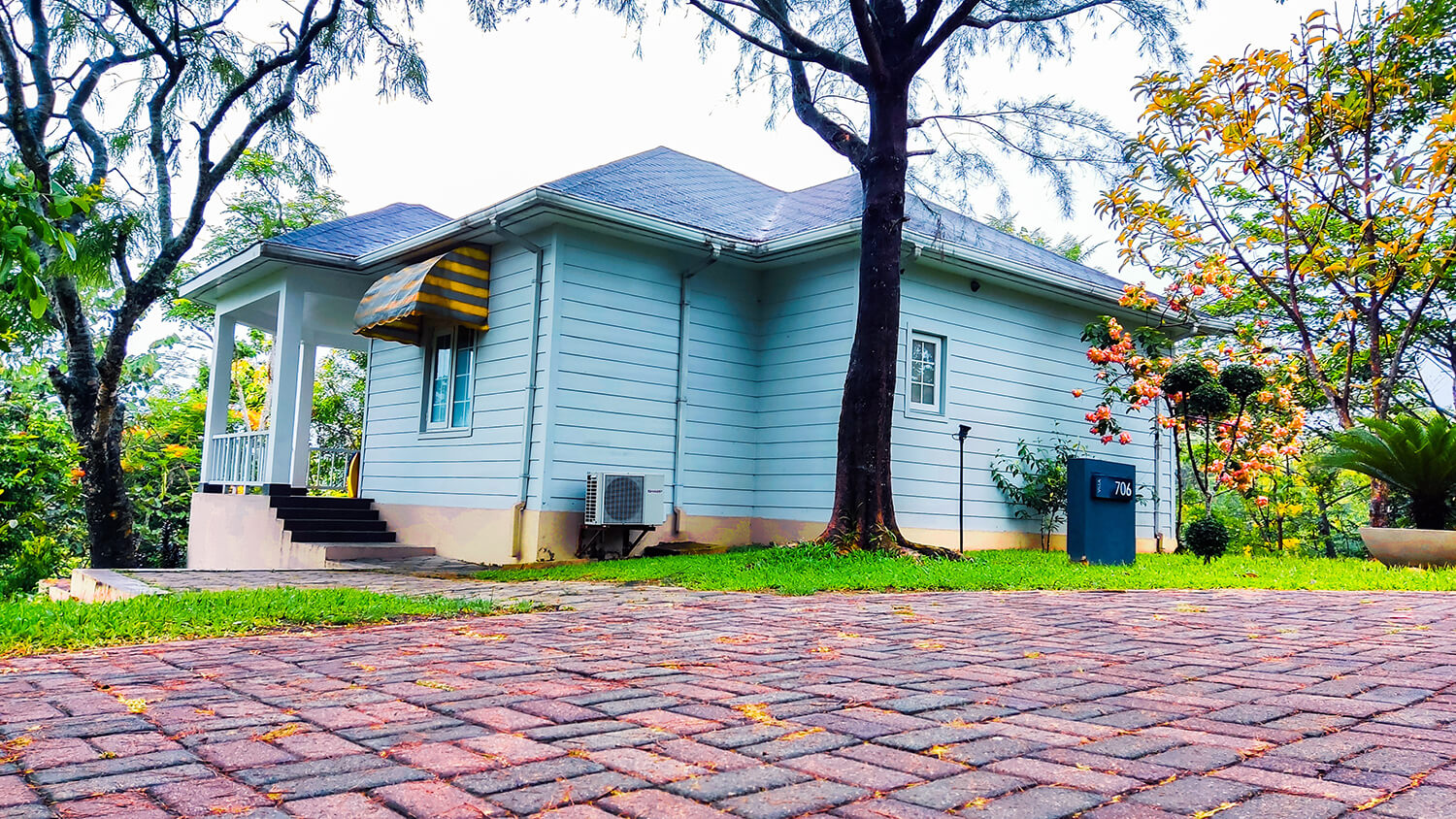The temperature in my local area swings from the mid nineties down into the negative digits.
- The summers bring excessive humidity while our winters are known for bitter windchill and multiple feet of snow accumulation.
The spring and fall seasons are typically windy, cold and wet. Indoor temperature control is necessary just about year round. We need a powerful heating and cooling system to keep up with demand. Running costs are always a concern. When we first moved into our home, it was outfitted with a conventional furnace and air conditioner. Problems with the cooling unit forced us to replace it a couple of years ago. Rather than invest into another air conditioner, we chose to upgrade to a heat pump. Although a heat pump is quite a bit more expensive to purchase, the energy savings have made the investment worthwhile. The advantage of a heat pump is that it provides both heating and cooling. It fulfills the purpose of an air conditioner, offering powerful cooling and dehumidification in the summer. When conditions cool off, the heat pump literally reverses the flow of the refrigerant. It finds ambient heat available in the outdoor air, uses the compressor to bring it to a higher temperature and delivers it indoors. Rather than burn fossil fuels to create heat, it simply moves existing heat. The heat pump eliminates the drawbacks of the combustion process, such as fumes, greenhouse gasses and carbon monoxide. It’s also wonderfully energy efficient. It costs a lot less to operate than the furnace. For the majority of the year, we rely on the heat pump. When the temperature drops below freezing, we switch to the furnace.
air conditioning expert

